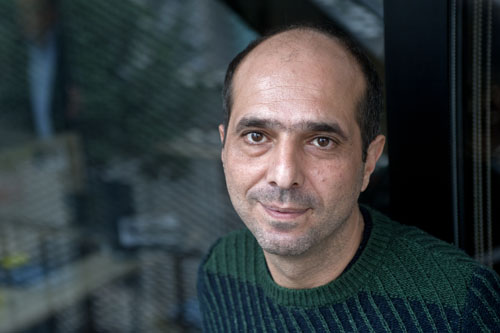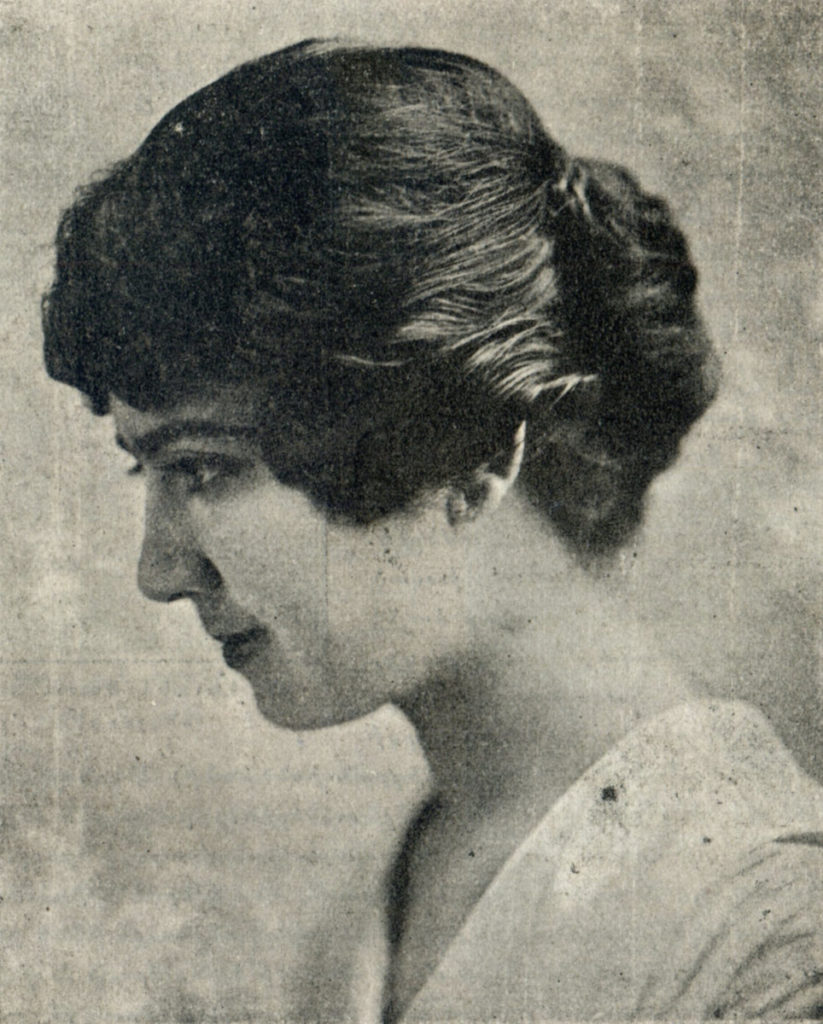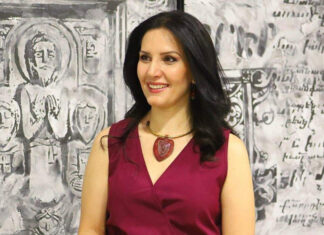NEW YORK — The historical, cultural and political influences of Armenian music production were discussed and explored in an enlightening and insightful talk by Dr. Yektan Türkyılmaz at Columbia University on Thursday, March 22.
The lecture, “Armenians on Records: Music Production from Homeland to Diasporas,” traced the recording history of Armenian music from the Ottoman Empire to the Diaspora in the early to mid-part of the 20th century as well as the impact of musicians, producers and merchants on the market.
Türkyılmaz, a Turkish scholar who is the Henry Khanzadian Kazan Visiting Professor at California State University Fresno, not only shared his knowledge of Armenian music production, but also examined the themes of place, identity and trauma on the genre during a significant time in Armenian history. Throughout the evening, audience members had the opportunity to listen to centuries-old musical pieces that Türkyılmaz referred to in his talk, further enlivening the topic.
These works came into fruition because of the evolution of music through the invention of the sound recording phonograph by Thomas Edison in 1877, which according to Türkyılmaz was “as influential as the printing press in world history.”
Within a short time, the production and consumption of the phonograph became a global phenomenon, swiftly reaching the “Orient” in the early 20th century and making 78-rounds-per-minute (78RPM) records recorded by local performers available to a wider audience in major cities of the Middle East, the Caucasus and Asia.












